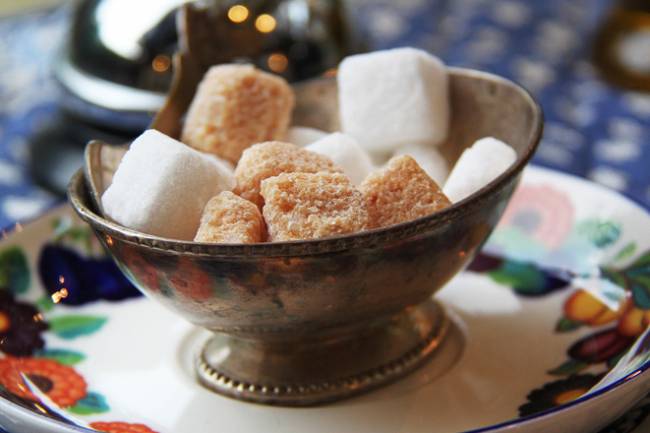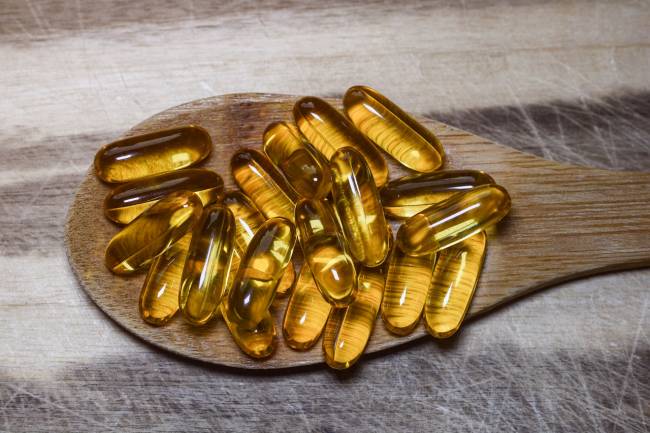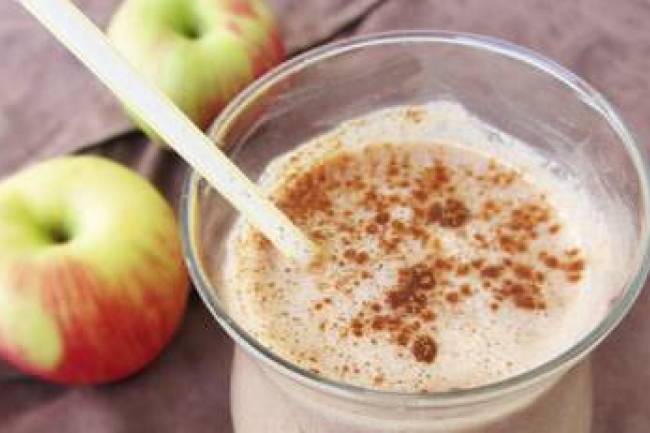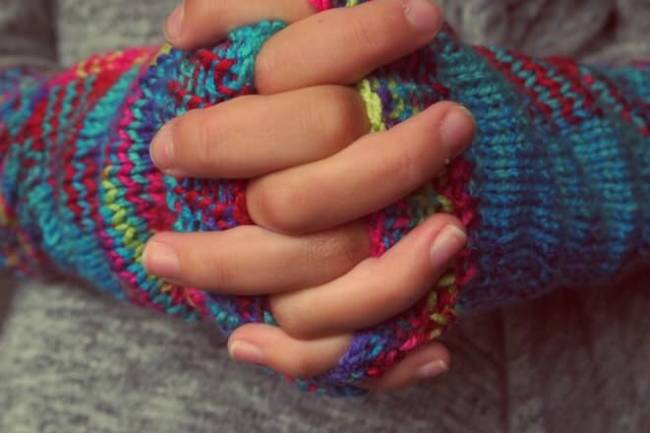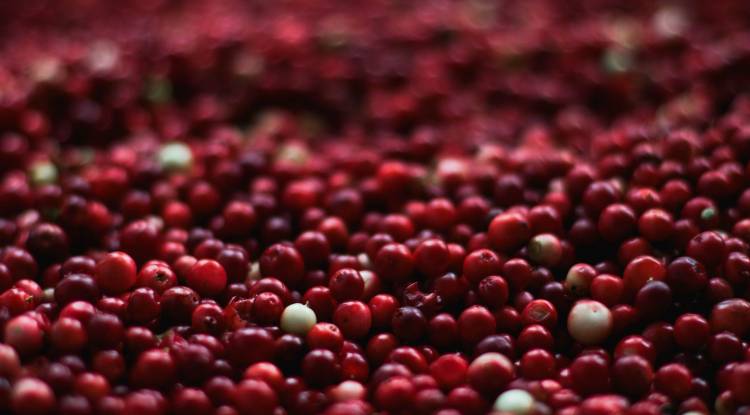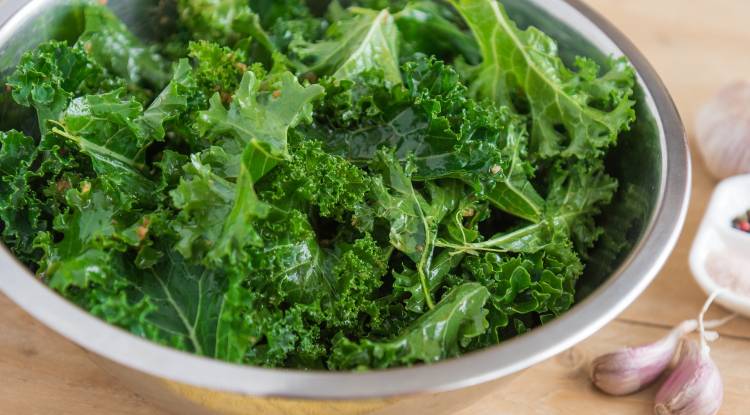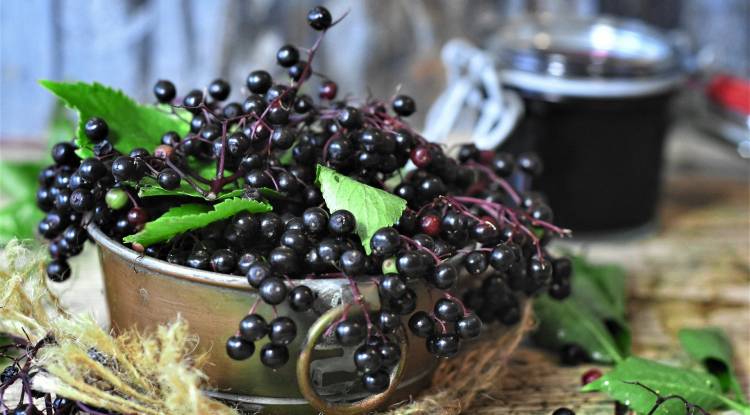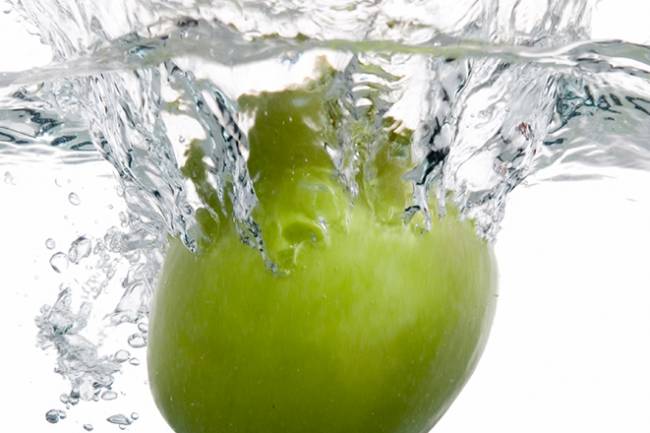The Benefits of Creams and Gels
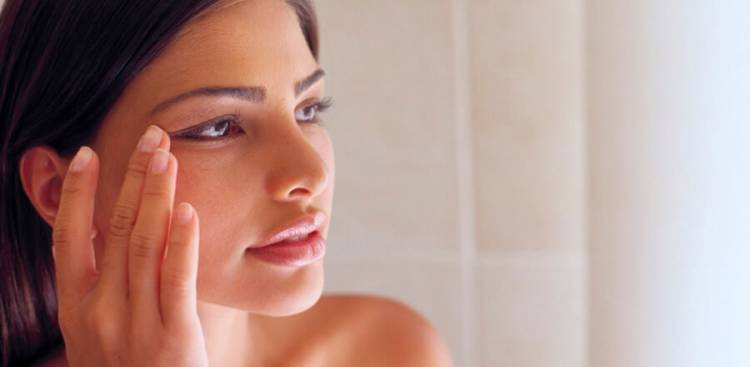
Moisturising is one of the most important parts of any skincare routine, and both gels and creams can be effective depending on your skin type.
To make choosing your next cream a little easier, in this article we look at which tried and tested ingredients are the most effective.
Keeps the Skin Hydrated
Humidity, temperature changes and harsh chemicals are just a few factors that can strip the skin of moisture, causing it to feel tight, dry and flaky. The resulting dehydration also accelerates the ageing process, increasing the appearance of fine lines, wrinkles and a dull complexion. It's essential to keep the skin properly moisturised on a daily basis to combat dehydration.
A high-quality moisturiser can help to replenish the natural moisture elements in the upper layers of the skin and improve its water-holding capacity. As a result, it restores elasticity to the skin and improves tone and texture.
Acts as a Barrier
Many creams and gels contain ingredients that work by forming a protective barrier over the skin, which helps to lock moisture in and keep irritants out. Unfortunately, the skin is constantly exposed to contaminants, such as those in cosmetics, cleaning products, and pollutants, all of which irritate the skin and increase the risk of contact dermatitis. Barrier creams are the skin's first line of defence against these contaminants.
They also work as an effective short-term shield against changing weather conditions that have a drying effect on the skin, such as prolonged exposure to the sun, cold winds and low temperatures. Good barrier ingredients to look out for include glycerine, silicones and dimethicone. Some creams also have anti-bacterial properties that leave the skin feeling protected.
Gel vs Cream
Creams and gels work in slightly different ways so many people use them in combination. Gels are often water-based and creams are often oil-based, although this is not always the case. Both gels and creams can be effective, so choose the one which best suits your needs.
Oil-based cream is rich and slightly heavier than gel. It often provides greater moisturising benefits and is better for mature or dry skin. Gel is lighter than cream which makes it easy for the skin to absorb. Gels are also good for targeting specific areas, and are often used around the delicate eye area where heavy creams can build up.
Know Your Ingredients
Whichever product you choose, it's important to know which creams and gels contain potentially harmful chemicals and irritants. While there are hundreds of different ingredients to choose from, we have picked out some of the best and worst to look out for.
The Best Ingredients to Use:
- Aloe Vera – The gel extracted from the leaves of the aloe vera plant is rich in vitamins, minerals, enzymes, and amino acids. It provides powerful healing activity that can help to treat wounds, minor skin infections and sunburn. Aloe vera cream also acts as a protective layer on the skin which moisturises without feeling greasy – perfect for those of us with oily skin or large pores. The gel can also reduce skin inflammation, which relieves puffiness and under eye bags.
- Collagen – One of the most abundant proteins in the body, collagen is responsible for providing structural support to the epidermis and maintaining the skin's structure, elasticity and firmness. Collagen creams are often used to address the key signs of ageing, such as the appearance of wrinkles, fine lines and dry skin. Collagen offers excellent moisturising properties that help to repair dry, damaged and mature skin.
- Antioxidants – Antioxidants defend skin cells against the daily assault from free radicals that cause premature ageing, dry skin and dark circles under eyes. Many antioxidants work by increasing collagen production in the dermal layer of the skin, which is important for the reduction of wrinkles, and also offers some protection against sun damage. Great antioxidant ingredients include retinol, green tea, vitamins C and E, and coenzyme Q10.
The Worst Ingredients to Use:
- Fragrances – Synthetic fragrances should be avoided as they are often associated with allergies, skin conditions such as dermatitis and eczema, headaches, and dizziness. Plus, the label will often just state ‘fragrance' without referencing the source.
- Synthetic Colours – Many colours and dyes are made with synthetic chemicals that may contain heavy metal salts such as arsenic and lead. Chemical colours will be labelled as FD&C or D&C followed by a colour and a number like Blue 1, Green 3, and Yellow 6.
When applied correctly, a good moisturiser can provide all the protection your skin needs. Simply apply your moisturising cream or gel within minutes of getting out of the shower or bath to lock in water that will otherwise evaporate. And you don't need to slather it on as too much will end up clogging the pores and leave your skin feeling greasy.

 Nicole
Nicole 